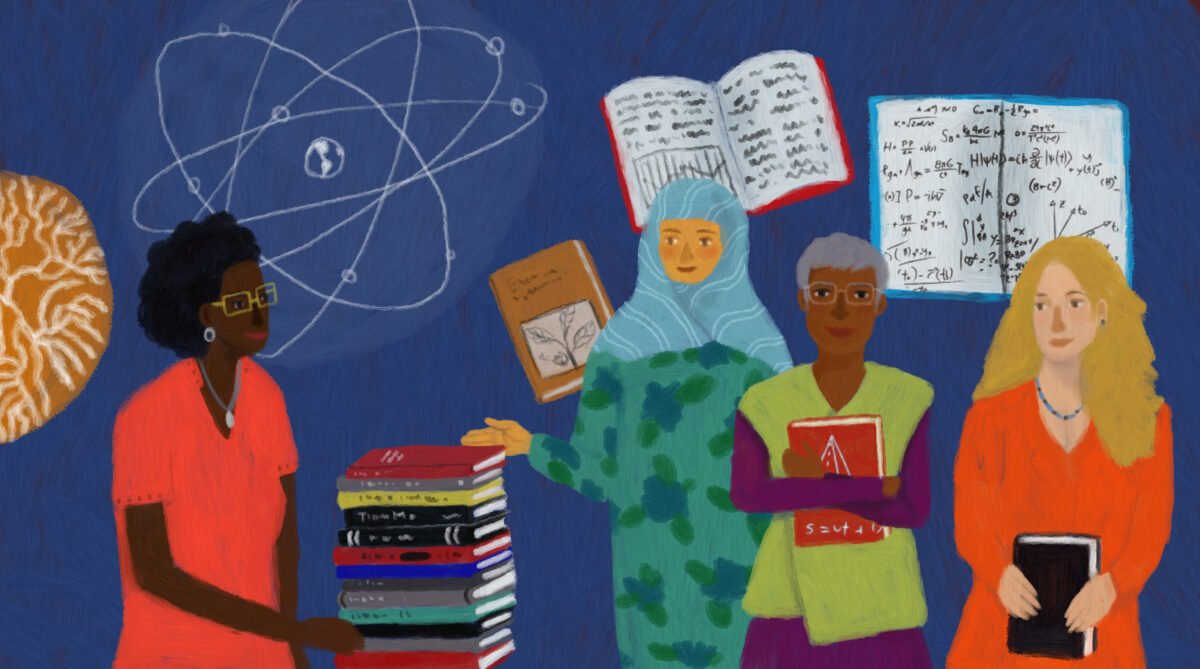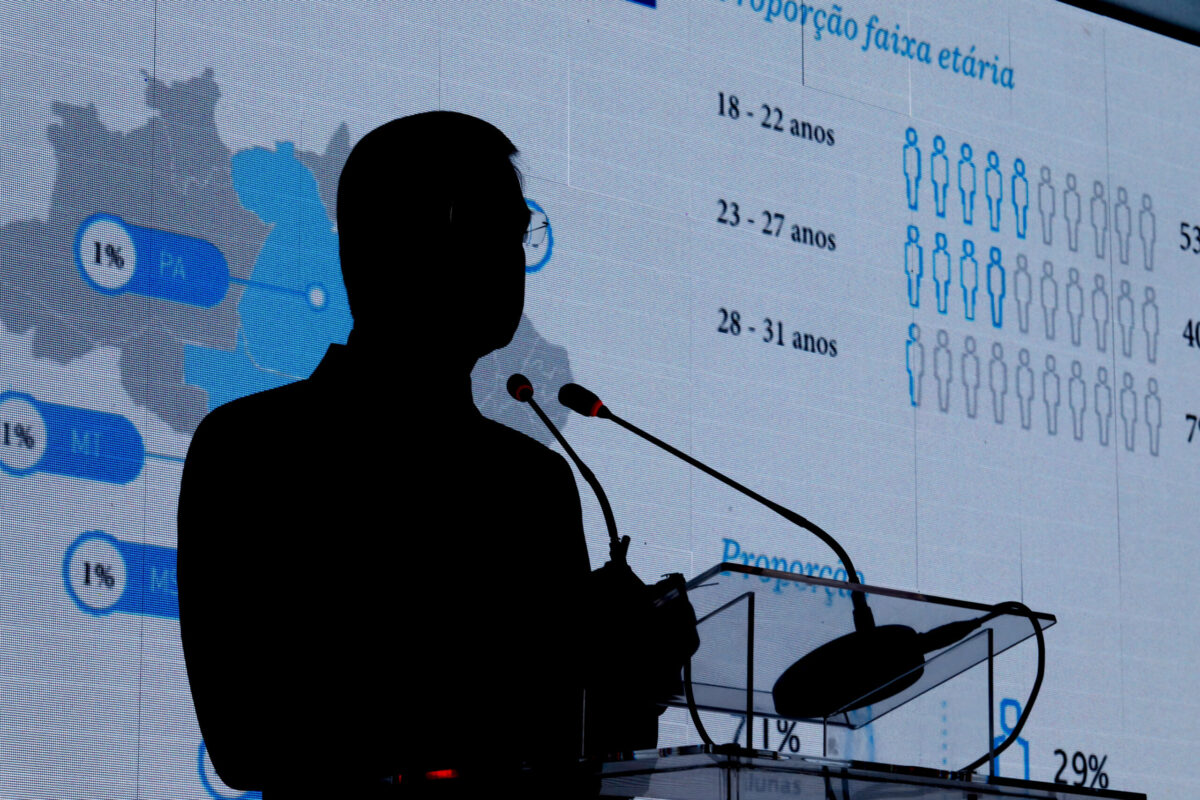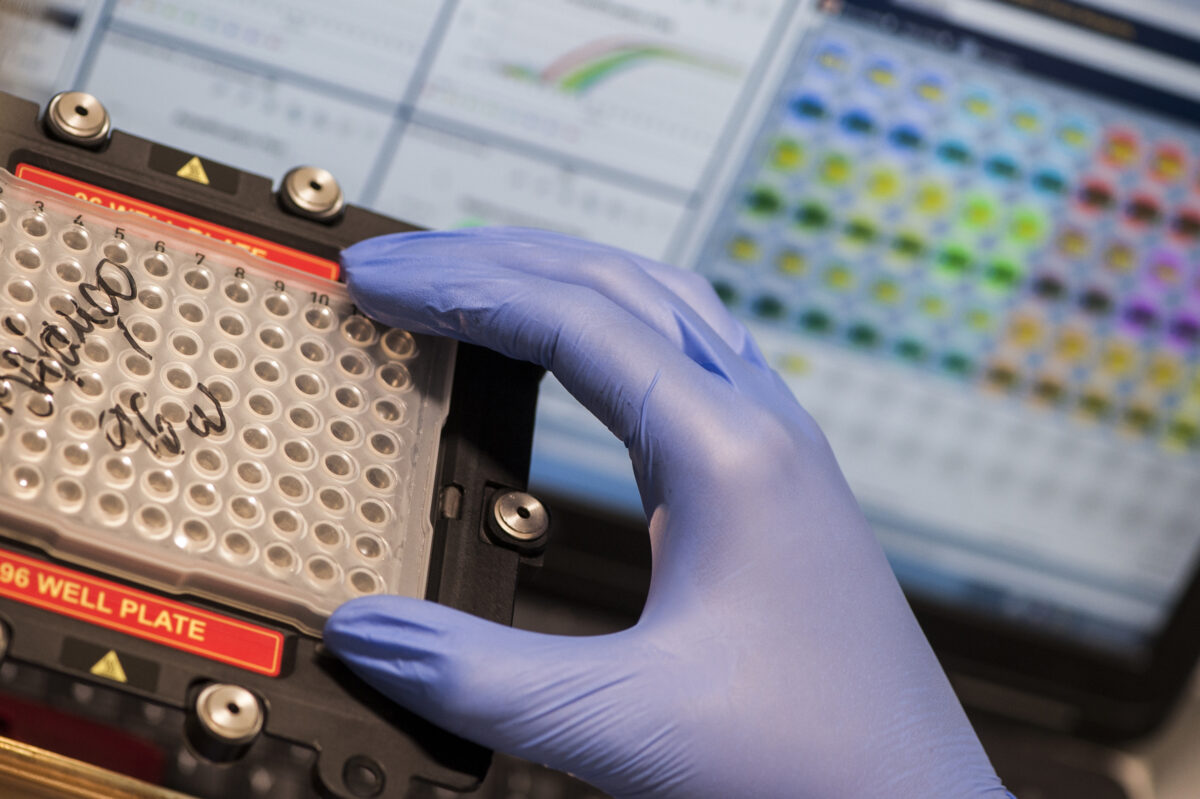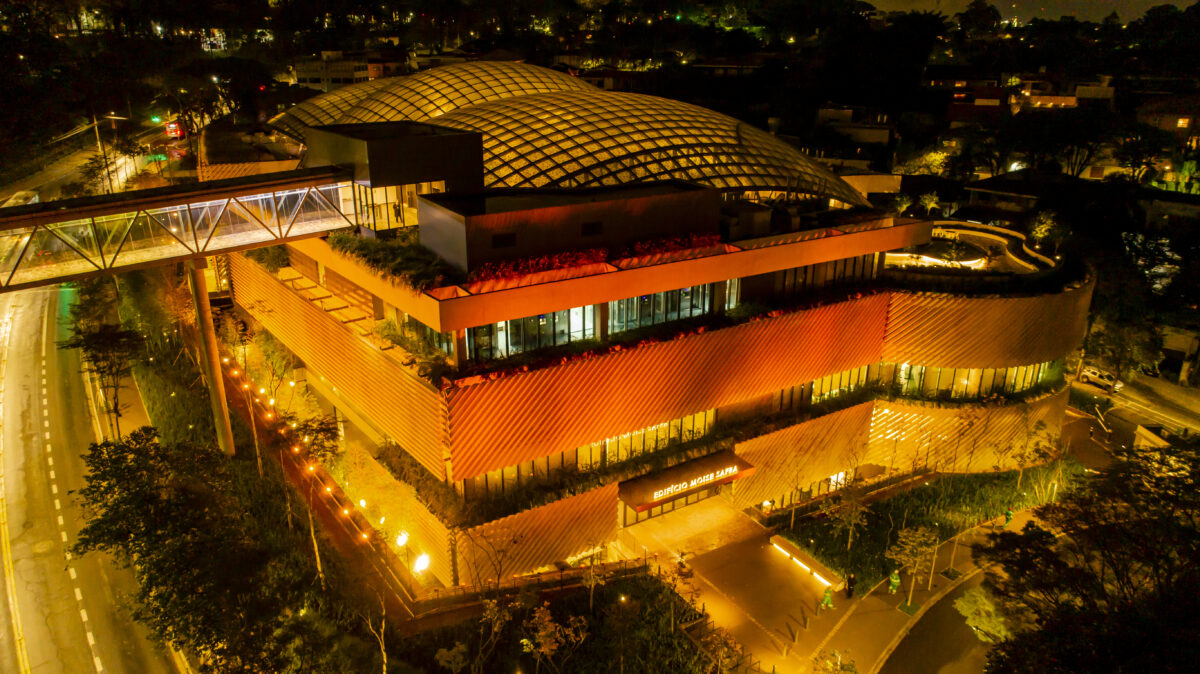 #Careers
#Careers
To expand collaborations
Participating in conferences abroad and engaging in “water cooler chats” may result in promising partnerships
 Participating in international conferences helps to identify potential partners outside of Brazil | Credit: Fábio H. Mendes / E6 Imagens
Participating in international conferences helps to identify potential partners outside of Brazil | Credit: Fábio H. Mendes / E6 Imagens
It may seem obvious, but there’s no getting around it. When it comes to the internationalization of research performed in Brazil, there are a series of interlinked processes that can only succeed if a specific “recipe” is followed. Before gathering all the ingredients, one must keep in mind—according to researchers who have advanced significantly in this area throughout their careers—the purpose behind investing in the expansion of geographical horizons.
As much as collaborating with foreign groups opens doors to research carried out within their country, scientists on the other side of the equation must also win—otherwise an academic and professional shipwreck is imminent. “International partnerships only work well when both partners benefit from the partnership,” states epidemiologist Carlos Augusto Monteiro, of the University of São Paulo’s School of Public Health (FSP-USP).
For this, says the researcher, both groups intending to work together must have similar interests and lines of research. Additionally, there should be no major asymmetries between the group with the lowest qualifications (academic, productivity, or recognition in the line of research) and the group with the highest qualifications.
According to Monteiro, the groups must really be on par. “This means that, if Group 1 has low-average qualifications, it should seek collaboration with an average or average-high qualification group, and not a high or very high qualification group.
If the objective is truly to strengthen ties with peers located in other countries, there are several possible paths that lead to the start of promising partnerships, says biomedical technician Marcelo Mori, of the University of Campinas’s Institute of Biology (IB-UNICAMP). “One such path is attending international conferences,” he advises. “This includes not only events held abroad, but also in Brazil, particularly those that manage to attract a good number of foreign scientists.”
Mori recognizes that financial barriers often limit Brazilian researchers’ access to events outside of Brazil, due to travel and accommodation expenses. This is, indeed, an obstacle that must be faced with a lot of planning, even more so in times where research funding is being cut in Brazil. “Despite the difficulties, every scientist should plan to travel to international conferences at least once a year. This should be the rule.”
Groups intending to work together must have similar interests and lines of research, and there should be no major asymmetries between them
As much as online or hybrid scientific meetings are here to stay since the COVID-19 pandemic, the format has its limitations, notes Mori. “Remote participation helps researchers to keep abreast of international debates, but it is not enough to foster new collaborations.”
According to the UNICAMP researcher, this is because remote meetings do not present as much of an opportunity for those face-to-face interactions that normally take place between presentations, between one coffee break and the next—and that are potentially promising for future collaborations. “On these occasions, time is not so restricted, and conversations take place in a more natural and informal way.”
According to Monteiro, one of the major challenges in the field of internationalization is convincing all of the Brazilian research groups that science has no borders. “Researchers who do not engage with their more qualified peers abroad may be condemned to a lack of academic relevance in the global context,” argues the USP professor.
Breaking down the barrier of foreign prejudice, which often occurs due to a lack of knowledge about what is happening in Brazil, is also a significant obstacle to overcome, analyzes Mori. “The geographic isolation makes it difficult to get people here. We are far from the major scientific hubs,” says Mori. “My impression is that every time a researcher comes to Brazil, he usually likes it and wants to come back. People are interested in various aspects of the country and recognize that, behind that veiled prejudice, Brazilian science is excellent in several areas and offers many opportunities for collaboration.”
One of the problems impeding Brazil from attracting scientific brains, stresses Mori, is the lack of research infrastructure in public universities. This includes not only laboratory resources, but also the availability of personnel capable of interacting with people from abroad. “The language barrier is real. It is essential that research institutions offer more courses in English to increase participation by foreign students in graduate courses,” says Mori.
*
This article may be republished online under the CC-BY-NC-ND Creative Commons license.
The text must not be edited and the author(s) and source (Science Arena) must be credited.


